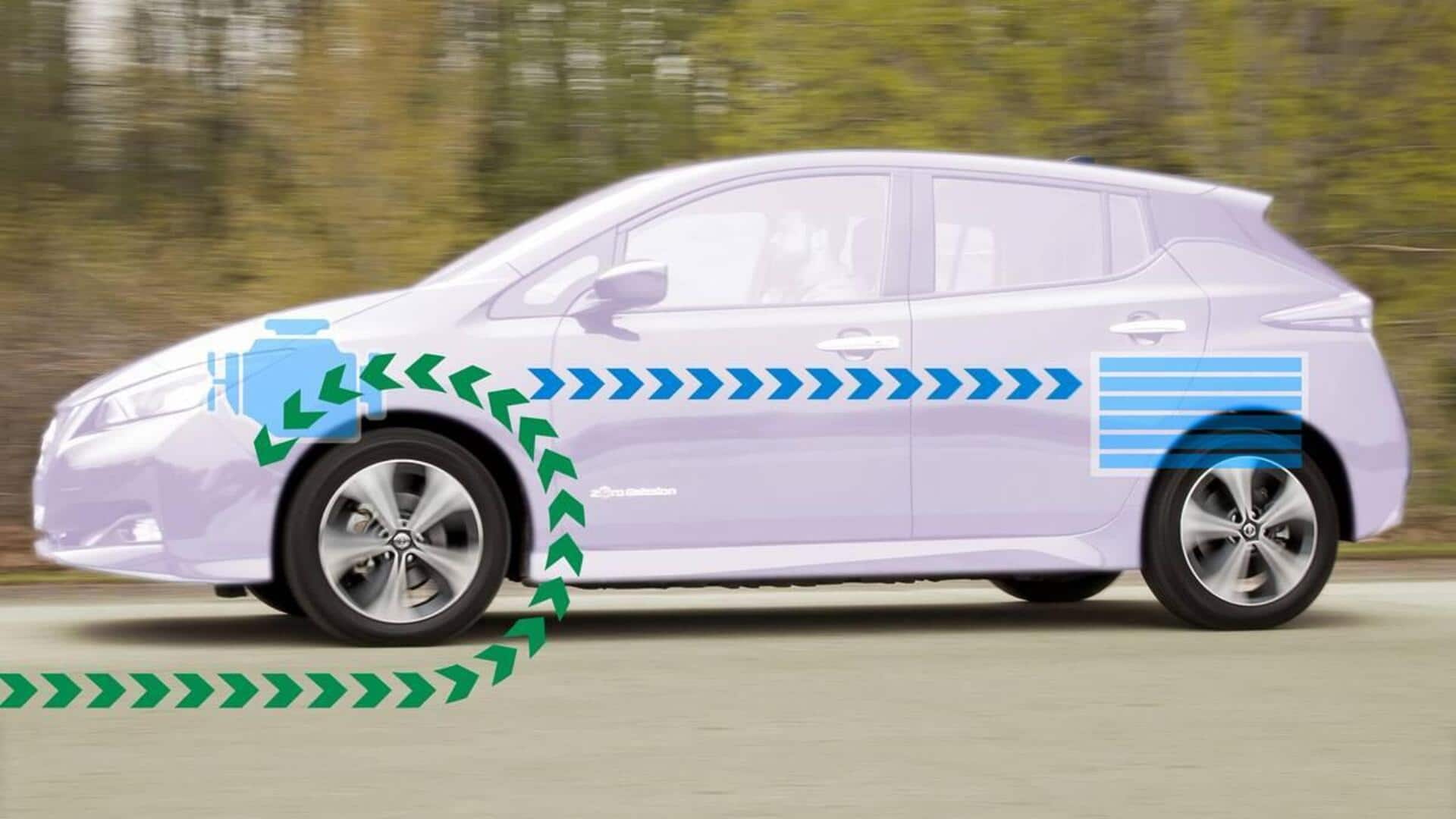
How regenerative braking works in electric vehicles
What's the story
The electric vehicle (EV) revolution is upon us, and with it comes a host of innovative technologies designed to maximize efficiency and range. One such game-changer is regenerative braking.
This clever system allows EVs to capture energy normally lost during deceleration and feed it back into the battery, effectively extending the vehicle's range and reducing reliance on traditional friction brakes.
It's a win-win for both the environment and the driver's wallet. But how does this seemingly magical process work?
Energy recovery
Regenerative braking: A unique feature of electric cars
Regenerative braking leverages the electric motor's ability to function in reverse as a generator.
When the driver applies the brakes or lifts their foot off the accelerator, the EV's control system seamlessly switches the motor into generator mode.
Instead of consuming electricity from the battery to turn the wheels, the motor now uses the vehicle's momentum to generate electricity.
This process creates resistance, effectively slowing the vehicle down, while simultaneously converting kinetic energy into electrical energy.
Energy recovery
Generated electricity is then directed back to the EV's battery
This generated electricity is then directed back to the EV's battery, replenishing its charge.
The amount of energy recovered depends on several factors, including the vehicle's speed, the intensity of braking, and the battery's current state of charge.
In some EVs, regenerative braking can provide a significant portion of the vehicle's deceleration, reducing the need to engage the friction brakes.
Benefits
Regenerative braking: Know the key benefits
Regenerative braking increases the EV's overall efficiency by recapturing energy that would otherwise be wasted as heat in traditional braking systems. This translates to a longer driving range, allowing drivers to travel further on a single charge.
Secondly, it reduces wear and tear on the vehicle's friction brakes, as they are used less frequently. This leads to lower maintenance costs and extended brake life.
Thirdly, regenerative braking contributes to a smoother and more refined driving experience, especially in stop-and-go traffic.
Braking integration
Are there any downsides to regenerative braking?
The use cases for regenerative braking are varied and widespread. However, there are some limitations as well.
It is most effective at higher speeds and gradually diminishes as the vehicle slows down. At very low speeds, or during hard braking, the friction brakes are still necessary to bring the vehicle to a complete stop.
Additionally, the amount of energy that can be regenerated is limited by the battery's capacity to accept charge i.e. its charge level.